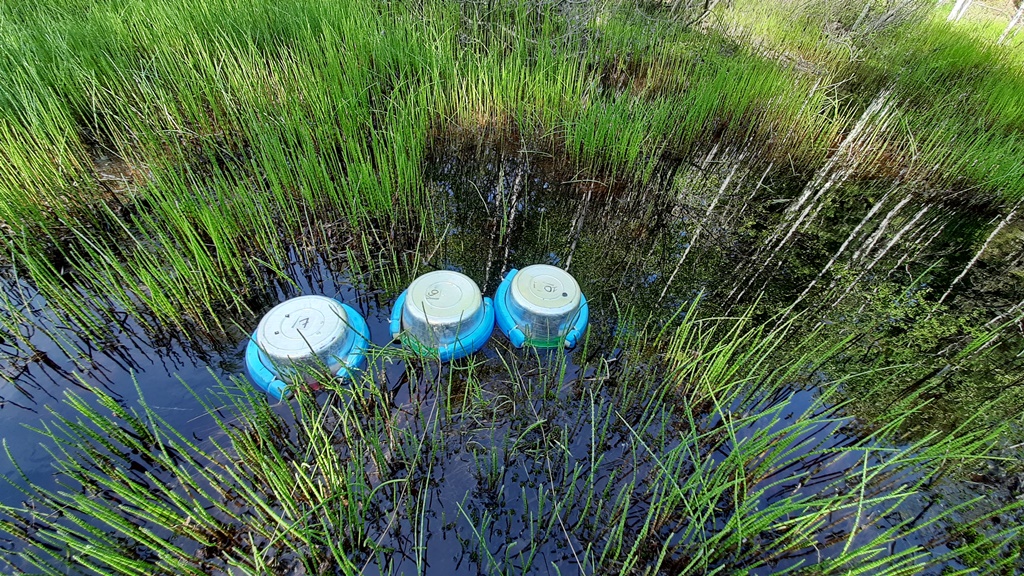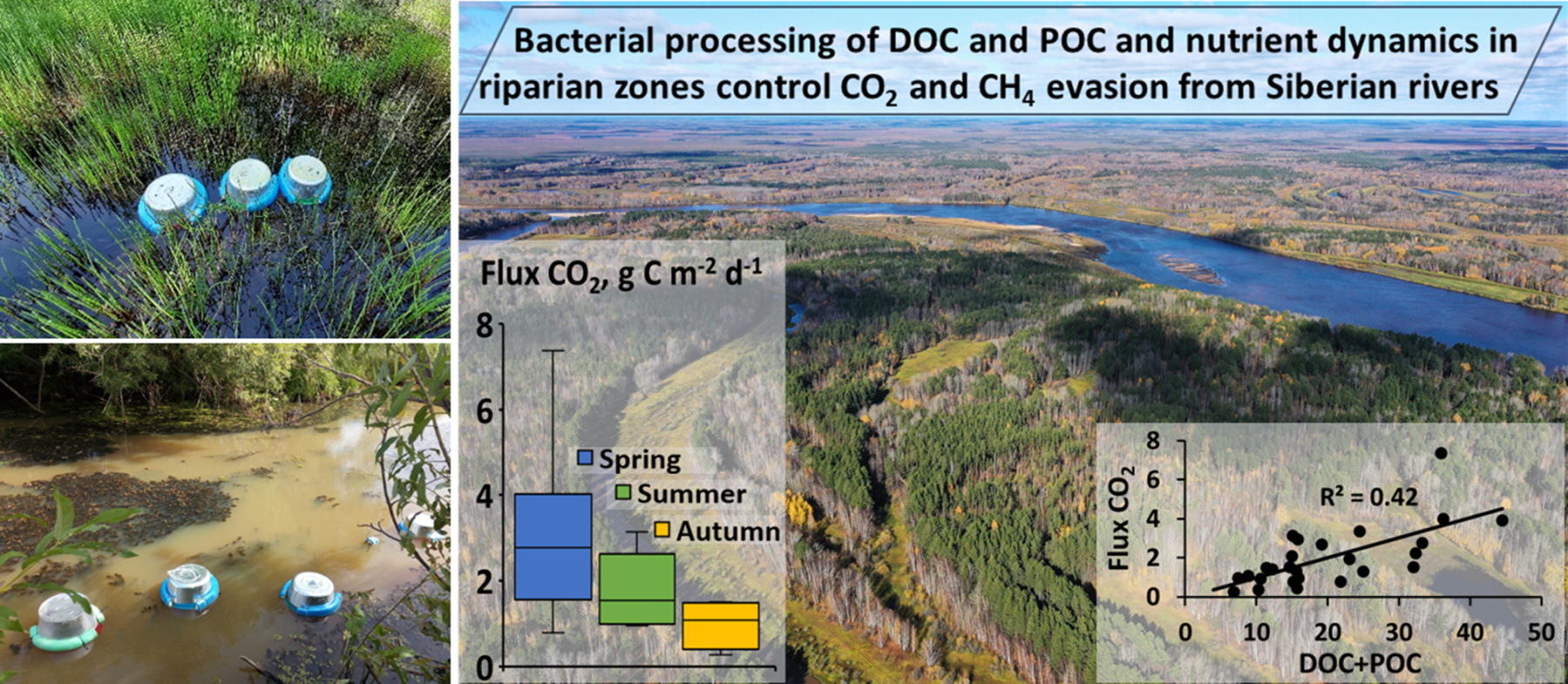Bodies of water contain significant amounts of carbon, which is crucial in greenhouse gas formation. Having studied a number of small rivers in the Tomsk Oblast, Tomsk State University scientists found that the rivers store more dissolved and suspended carbon than major Russian waterways such as the Ob and Lena. Thus, the role of small rivers in global climate transformation may be much more important than previously imagined. The results of the research are outlined in an article published in the journal Science of The Total Environment (Q1).
“Small rivers are rarely studied, given how isolated they usually are,” explains Ivan Krickov, a staff scientist at the TSU BioGeoClim Laboratory. “However, the role that they may play in the carbon cycle is often underappreciated. We studied the formation and emission of carbon in the surfaces of the Inguzet, Anga, Okunevka, Ket, Suiga, Chulym, Chichkayul, and Tazyrbak rivers. The concentration of organic matter in these rivers turned out to be three to four times higher than in the largest rivers of Russia, the Ob and Lena.”

Previously, it was assumed that the amounts of emissions from the surfaces of small rivers could be neglected, that the data from large rivers and reservoirs is sufficient. But the analysis of the Siberian rivers showed that major amounts of carbon dioxide are cultivated in the Tomsk Oblast. The maximum bar for these emissions is 3 to 4 grams per square meter per day. At the same time, during the spring flood the amount of CO2 emissions is 1.5 to 2 times larger than the average amounts during the low-water discharge in summer and fall.
“A significant portion of organic matter—dead plant particles, soil particles entering the river from catchment areas—rapidly undergoes photo- and biodegradation, which contributes to the release of greenhouse gases,” notes Artem Lim, another staff scientist at the TSU BioGeoClim Laboratory. “These processes are especially clearly manifested during spring, when rivers overflow, and large amounts of last year's vegetation and litterfall get covered by water. This is when rivers turn into carbon-creating ‘bioreactors’.

If we take Canada's Quebec—an area with a similar climate—for comparison, we will find that during the low-water discharge period the amounts of carbon dioxide generated by the small rivers of Tomsk Oblast are 1.5 to 2.5 times higher than those generated by rivers in Quebec. The one aspect that distinguishes the rivers in Western Siberia from other rivers is that they flow through a swamp-filled plain, where organic soils are plentiful: The latter can enrich rivers with organic matter,” says Ivan Krickov.
According to scientists, if the climate warming continues, the riparian vegetation and flood levels of areas prone to flooding will shift, which will contribute to increased greenhouse gas emissions.
The study of carbon cycle is a large-scale project implemented by TSU. Jointly with the Institute of Monitoring of Climatic and Ecological Systems, V.E. Zuev Institute of Atmospheric Optics, and Siberian Research Institute of Agriculture and Peat, TSU established a carbon polygon in the flood plain of the Ob, where scientists monitor carbon levels in the atmosphere, water, and soil. At the same time, a carbon farm was created for developing and testing technologies that enable efficiently accumulating carbon and processing or disposing of it.
The Tomsk carbon polygon operates as part of the large-scale strategic project Global Earth Changes: Climate, Ecology, Quality of Life, implemented by TSU with the support of the federal program Priority 2023.
TSU BioGeoClim Laboratory was established under a megagrant and with the support of the government of the Russian Federation. The head of the laboratory is a scientist at TSU and Midi-Pyrenees Observatory (Toulouse, France). The mission of the laboratory is to study climate change in the arctic and sub-arctic areas of Russia and assess its impact on the functioning of natural ecosystems, biochemical processes, and socioeconomic aspects of human life.